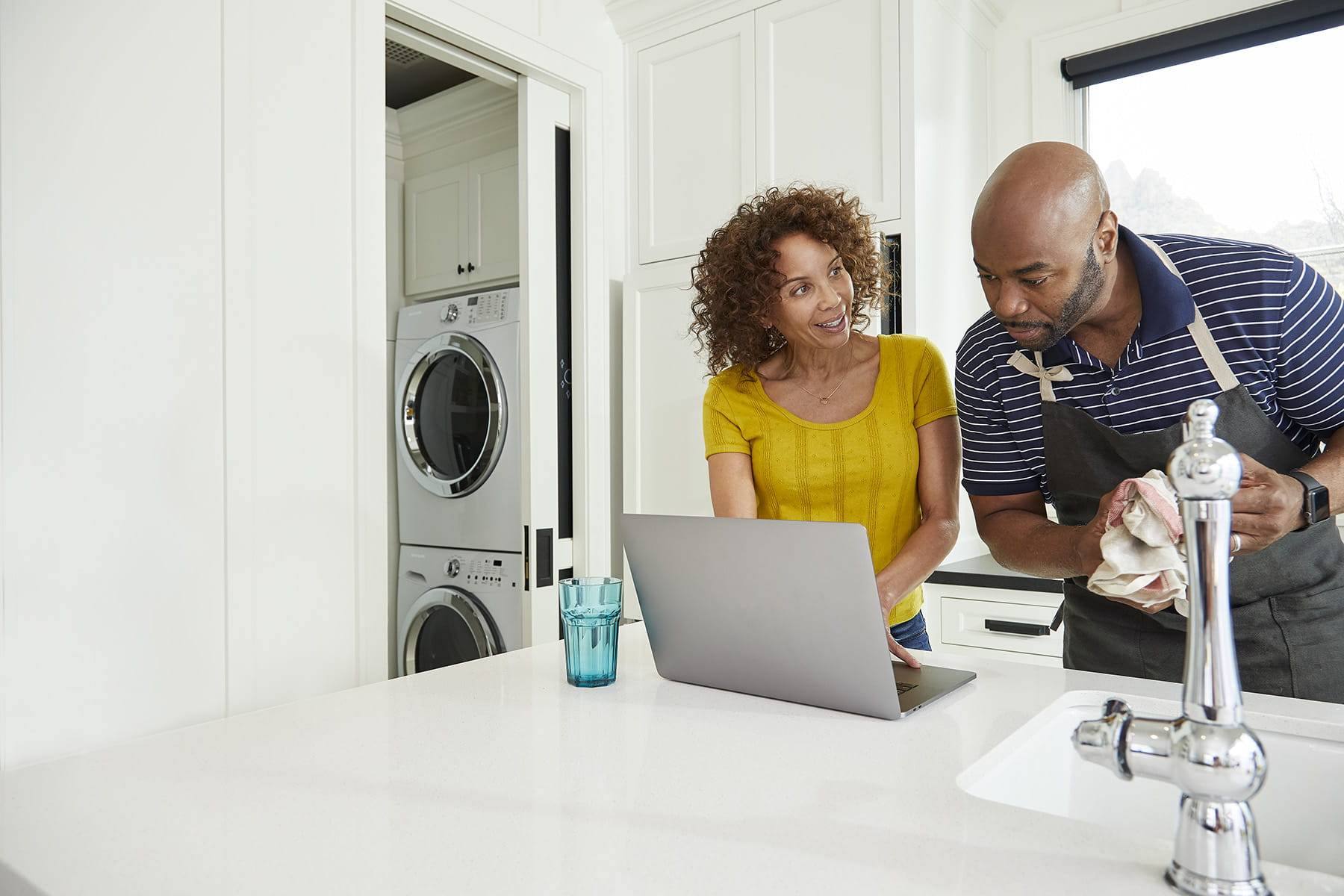Sucede de repente: un dolor intenso aparece en el abdomen. No estás seguro de qué lo causó, pero sabes que algo no está bien. Quizás se pregunte si hay un problema que causa el dolor del apéndice o si es la vesícula biliar.
"Es común que las personas confundan la enfermedad de la vesícula biliar con un caso de apendicitis", dijo Edward Charles, DOCTOR , cirujano de Banner Health en Glendale, AZ. De repente, puede notar síntomas para ambos y el dolor frecuentemente golpea el lado derecho del abdomen. Ambos son comunes en la mayoría de los grupos de edad y afectan a personas de cualquier género y de todos los ámbitos de la vida.
¿Cómo se puede diferenciar entre apendicitis y enfermedad de la vesícula biliar?
Puede ser difícil notar la diferencia cuando notas los síntomas por primera vez. A continuación se presentan algunos detalles sobre cada condición que pueden ayudar a diferenciar estos tipos de dolor abdominal.
Apendicitis
Su apéndice es una pequeña bolsa del tamaño de un dedo. Está adherido a la parte inferior derecha del intestino grueso. Históricamente, la gente ha creído que el apéndice no cumplía ninguna función. Hoy sabemos que produce anticuerpos que protegen contra las bacterias. Pero otras partes de su sistema digestivo tienen el mismo propósito, por lo que puede vivir sin su apéndice.
Si tiene apendicitis, puede notar más síntomas en la parte inferior del abdomen. Dado que se trata de una infección, es probable que los síntomas de la apendicitis empeoren a medida que avanza. Es posible que tenga fiebre, escalofríos o dolores corporales. No está claro qué causa la apendicitis y no hay nada que puedas hacer para prevenirla.
La apendicitis no desaparece. Si su dolor es intenso o empeora, especialmente si está en el lado derecho, y dura más de seis horas, debe buscar atención médica.
Enfermedad de la vesícula
La vesícula biliar es un órgano pequeño que se encuentra debajo del hígado en el área superior derecha del abdomen. El hígado produce bilis y la vesícula biliar contiene la bilis y luego la libera en el intestino delgado. Pero si le extirpan la vesícula biliar, el hígado libera la bilis directamente en el intestino delgado. Entonces, no necesitas tu vesícula biliar.
Puede desarrollar cálculos biliares si algunos de los componentes de la bilis se endurecen dentro de la vesícula biliar. Puede tener cálculos biliares sin síntomas; es posible que aparezcan en un estudio por imágenes que se realice por algún otro motivo. Si eso sucede, no es necesario tratarlos. Sólo necesita reconocer que si desarrolla síntomas más adelante, la causa podría ser los cálculos biliares.
Pero en otros casos, los cálculos biliares pueden alojarse en el conducto biliar y provocar un ataque a la vesícula biliar.
Los síntomas de inflamación de la vesícula biliar (colecistitis aguda) tienden a presentarse en la parte superior derecha del abdomen y es posible que notes dolor en la espalda o en el pecho del lado derecho. A menudo ocurren después de comer y pueden durar hasta unas pocas horas. Debe consultar a un doctor si estos síntomas reaparecen o interfieren con sus actividades.
Las mujeres y las personas de ascendencia blanca o nativa americana tienen cálculos biliares con más frecuencia que otros. Es más probable que tenga enfermedad de cálculos biliares si:
- esta embarazada
- son obesos
- Ha perdido mucho peso
- tener diabetes
- Tener niveles anormales de colesterol.
- Utilizar terapias de reemplazo hormonal.
Pero los cálculos biliares también ocurren en muchas personas que no tienen una afección que se sepa que aumenta el riesgo.
También es posible tener una enfermedad de la vesícula biliar sin cálculos biliares. Esta condición puede ser causada por algunas condiciones médicas graves o enfermedades crónicas. Los síntomas son similares a los causados por los cálculos biliares, pero sus estudios de imágenes se verán normales y necesitará una exploración con ácido iminodiacético hepatobiliar (HIDA) para confirmar el diagnóstico.
Es posible que tenga menos probabilidades de desarrollar cálculos biliares si bebe café, hace ejercicio durante 30 minutos al día cinco veces por semana y toma vitamina C.
¿Cómo saber si tiene apendicitis o cálculos biliares?
"En última instancia, se requiere un estudio de imágenes como una tomografía computarizada o una ecografía para confirmar una condición frente a la otra", dijo el Dr. Charles.
¿Cómo se tratan estas condiciones?
La apendicitis y la enfermedad de la vesícula biliar son razones comunes por las que las personas acuden a la sala de emergencia(ER) y son admitidas en el hospital. Como se puede vivir sin apéndice ni vesícula biliar, el tratamiento en ambos casos es extirpar quirúrgicamente el órgano. Si tiene cálculos biliares y no es candidato para la cirugía, existen medicamentos que podrían ayudar.
Si no se trata, la infección que causa la apendicitis puede extenderse dentro del abdomen y provocar complicaciones. Es posible que los cálculos biliares que no causan dolor no necesiten tratamiento, pero los que sí sí necesitan atención médica. De lo contrario, la vesícula biliar podría infectarse o explotar.
La línea de fondo
El dolor repentino en el abdomen, especialmente en el lado derecho, podría ser un signo de apendicitis o cálculos biliares. Si el dolor dura más de seis horas o desaparece y regresa, busque atención médica. Los médicos pueden tratar ambas afecciones con cirugía .


